An ester , on treatement with excess of methyl magnesium bormide followed by acidification, gives an alcohol as the sole organic product. Alcohol on oxidation with followed by acidification gives acetice acid. Deduce the structures of and . Show the reactions involved.
If the ester is of 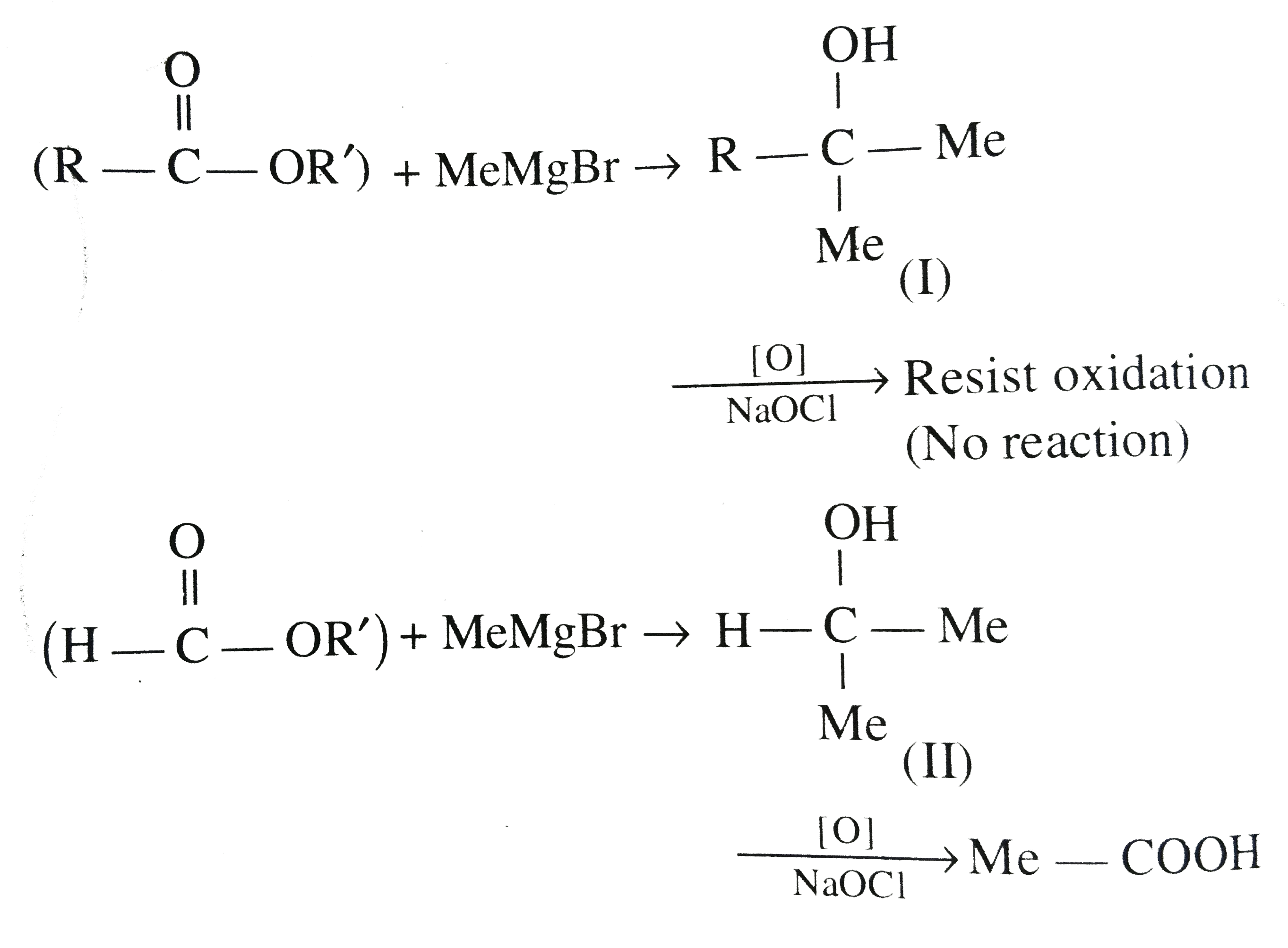 type, a alcohol would be obtained with , if the ester is of
type, a alcohol would be obtained with , if the ester is of 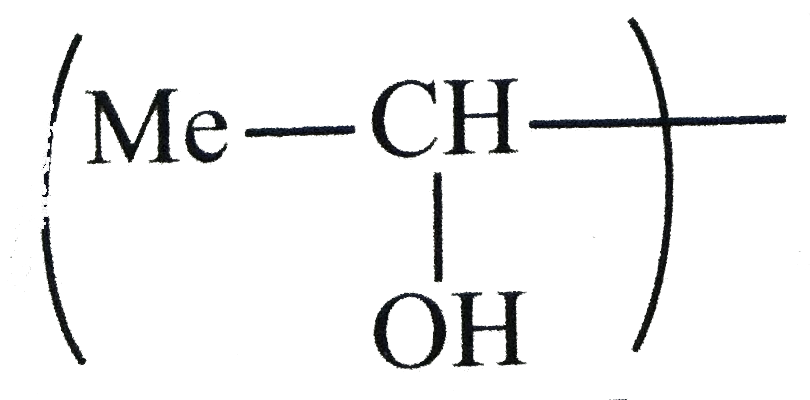 type, a alcohol would be obtained with . In both the cases, two groups (i.e., group) have come from the .
type, a alcohol would be obtained with . In both the cases, two groups (i.e., group) have come from the .

Here, alcohol does not undergo oxidation, because hypohalide reactions (e.g., iodoform type reactions) are shown by the alcohols containing . group. Such group is not present in alcohol . Moreover, alcohol does not undergo hypohalide oxidation. So, the ester is of type.Structure of ester : Total atoms in ester are four. So group in the ester can be propyl or isoptopyl (three atoms). The ester may be
Topper's Solved these Questions
- GRIGNARD REAGENTS AND ORGANOMETALLIC REAGENTSBOOK - CENGAGE CHEMISTRYCHAPTER - GRIGNARD REAGENTS AND ORGANOMETALLIC REAGENTSEXERCISE - Exercises Archives (Linked Comprehension)
1 Videos
- GRIGNARD REAGENTS AND ORGANOMETALLIC REAGENTSBOOK - CENGAGE CHEMISTRYCHAPTER - GRIGNARD REAGENTS AND ORGANOMETALLIC REAGENTSEXERCISE - Exercises Archives (True/False)
1 Videos
- GENERAL PRINCIPLES AND PROCESS OF ISOLATION OF ELEMENTSBOOK - CENGAGE CHEMISTRYCHAPTER - GENERAL PRINCIPLES AND PROCESS OF ISOLATION OF ELEMENTSEXERCISE - Archives (Subjective)
14 Videos
- NCERT BASED EXERCISEBOOK - CENGAGE CHEMISTRYCHAPTER - NCERT BASED EXERCISEEXERCISE - Nuclear Chemistry (NCERT Exercise)
29 Videos
Similar Questions
An ester C4H8O2 (A) on treatment with excess of methyl magneium chloride followed by acidification gives an alcohol (B) as the sole organic product. Alcohol (B), on oxidation with NaOCl followed by acidification gives acetic acid. Deduce the structures of (A) and (B) and show the reactions involved .
View SolutionAn ester (A) (C4H8O2) , on treatment with excess methyl magnesium chloride followed by acidification, gives an alcohol (B) as the sole organic product. Alcohol (B), on oxidation with NaOCI followed by acidification gives acetic acid. Deduce the structures of (A) and (B). show the reactions involved.
View Solution
Knowledge Check
The compound that gives secondary alcohol as a major product on reaction with CH3 MgBr followed by H2O is
ACH2CH2−OHB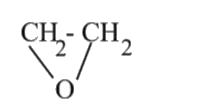 C
C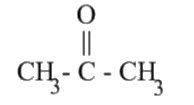 D
D
Molecular formula C4H8O oxidation gives acetic acid . The structure of C4H8O2 will be
A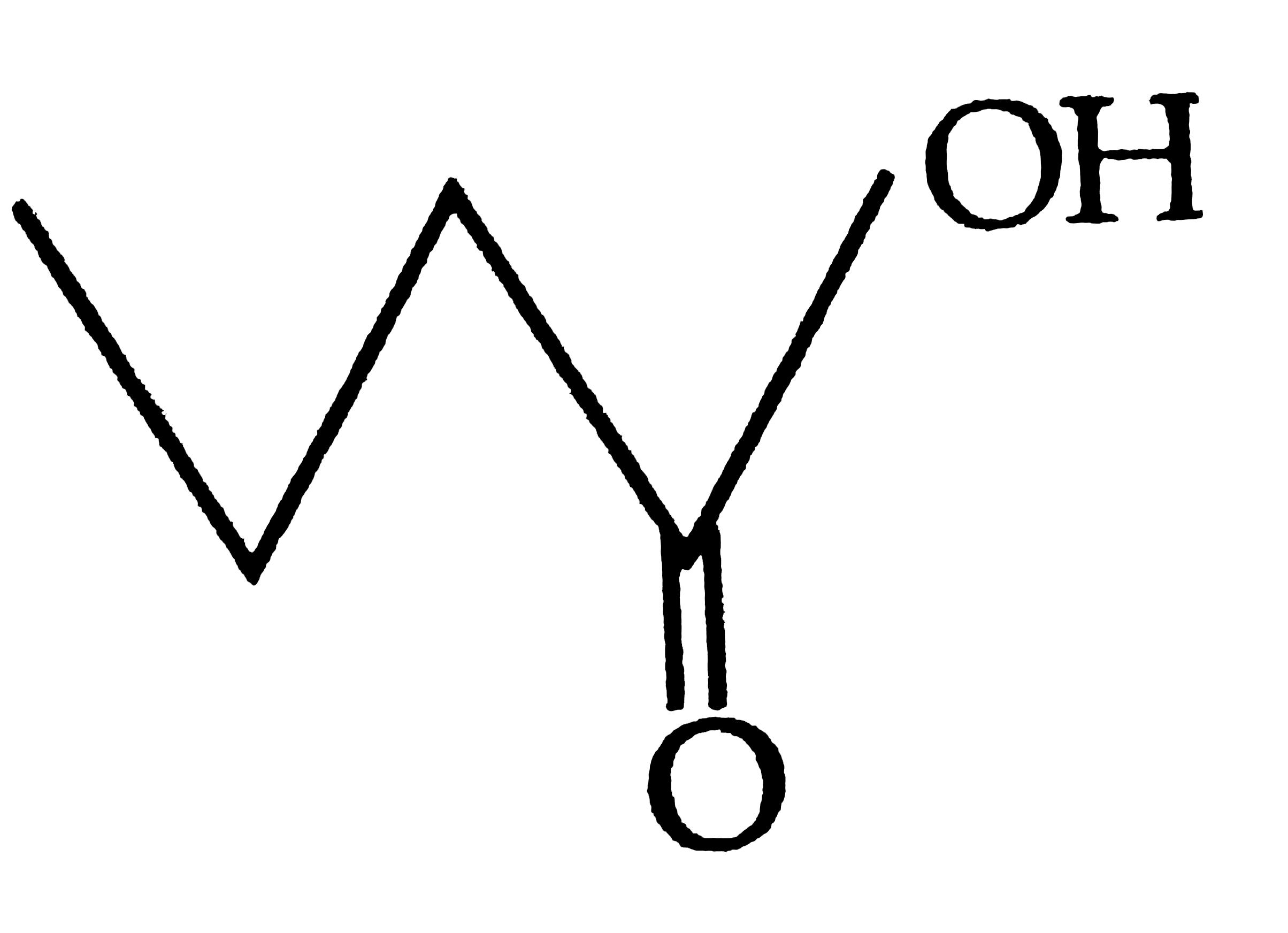 B
B C
C D
D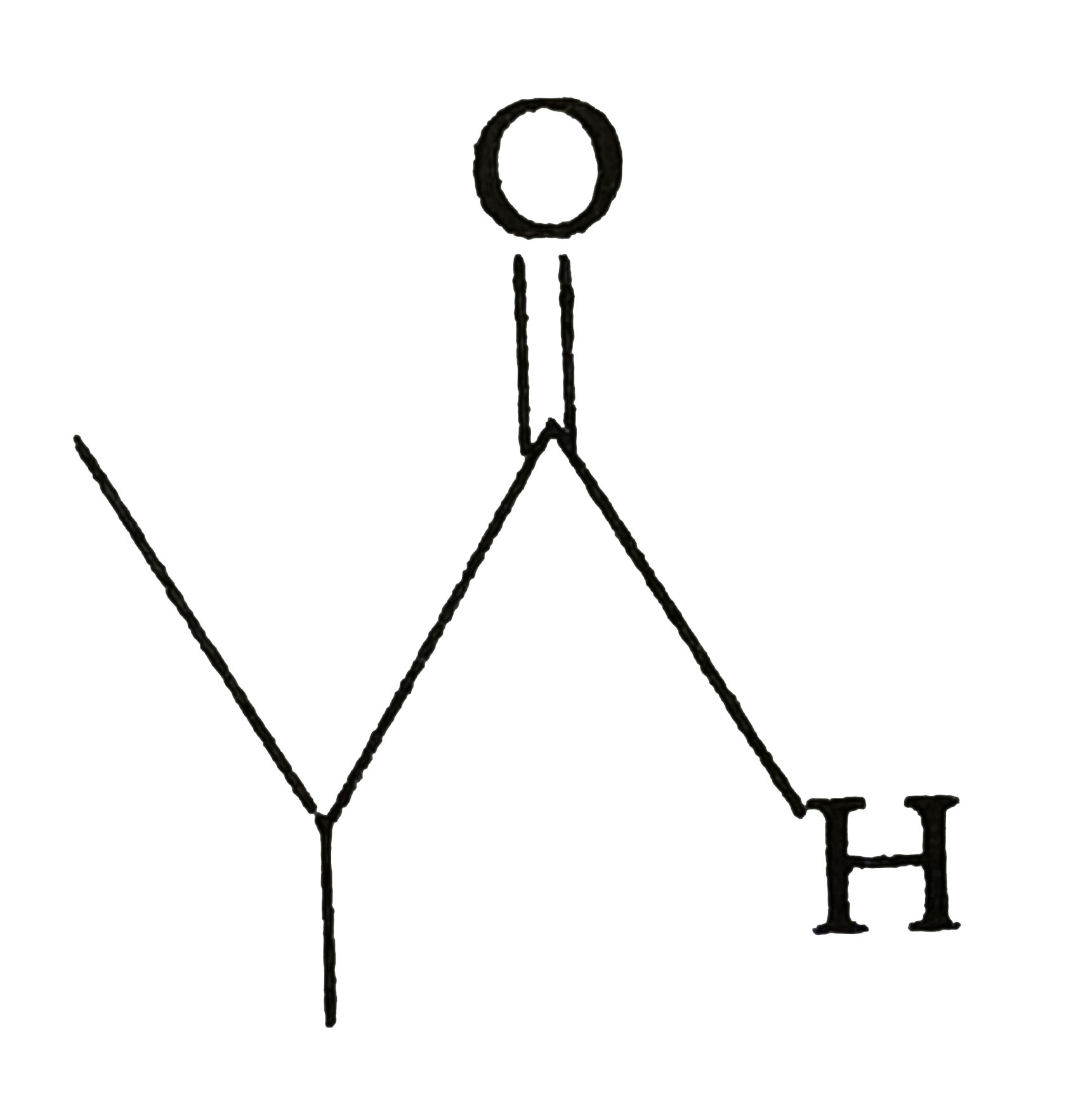
Compound (A) C8H6O2 on treatment with aq. NaOH followed by acidification gives (B) C8H8O3 which on oxidation gives benzoice acid only :
A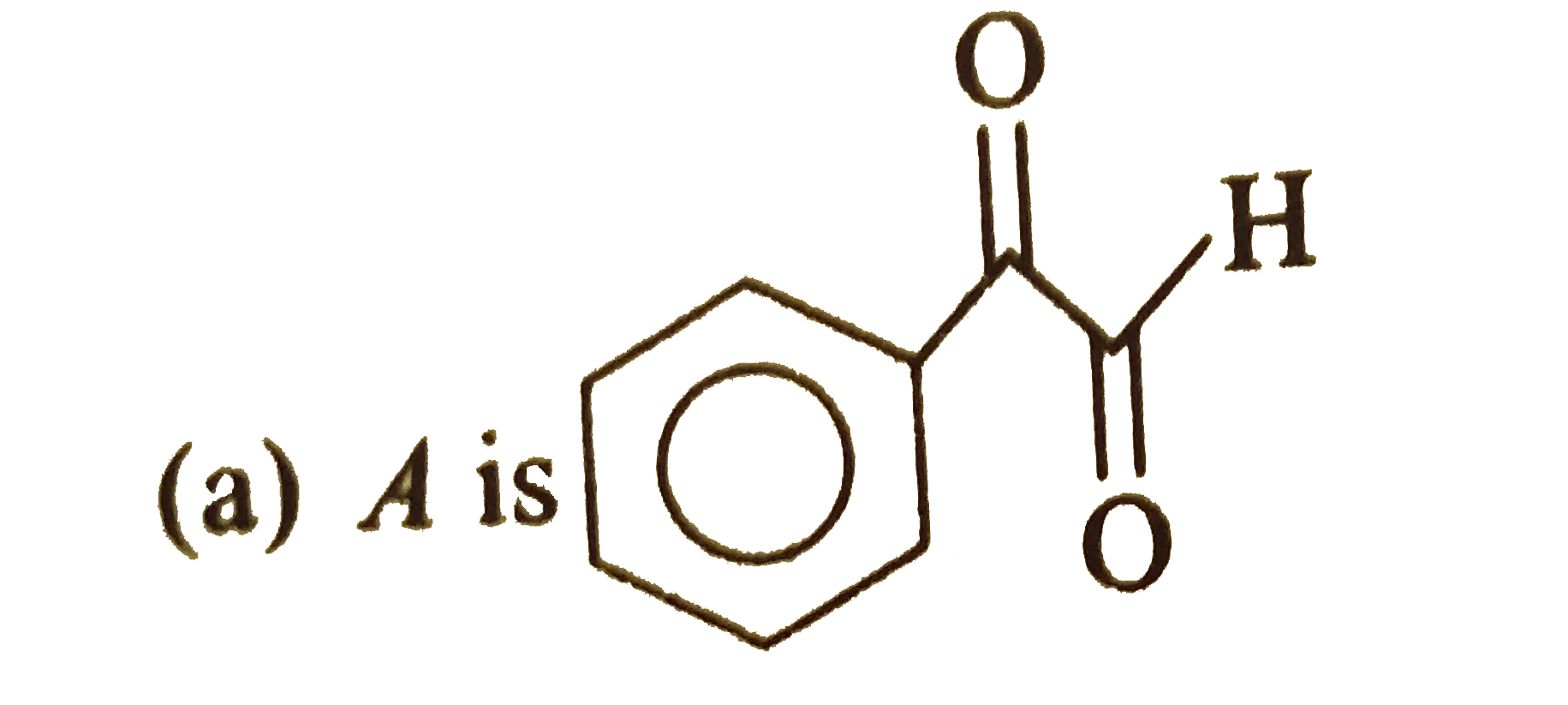 B
B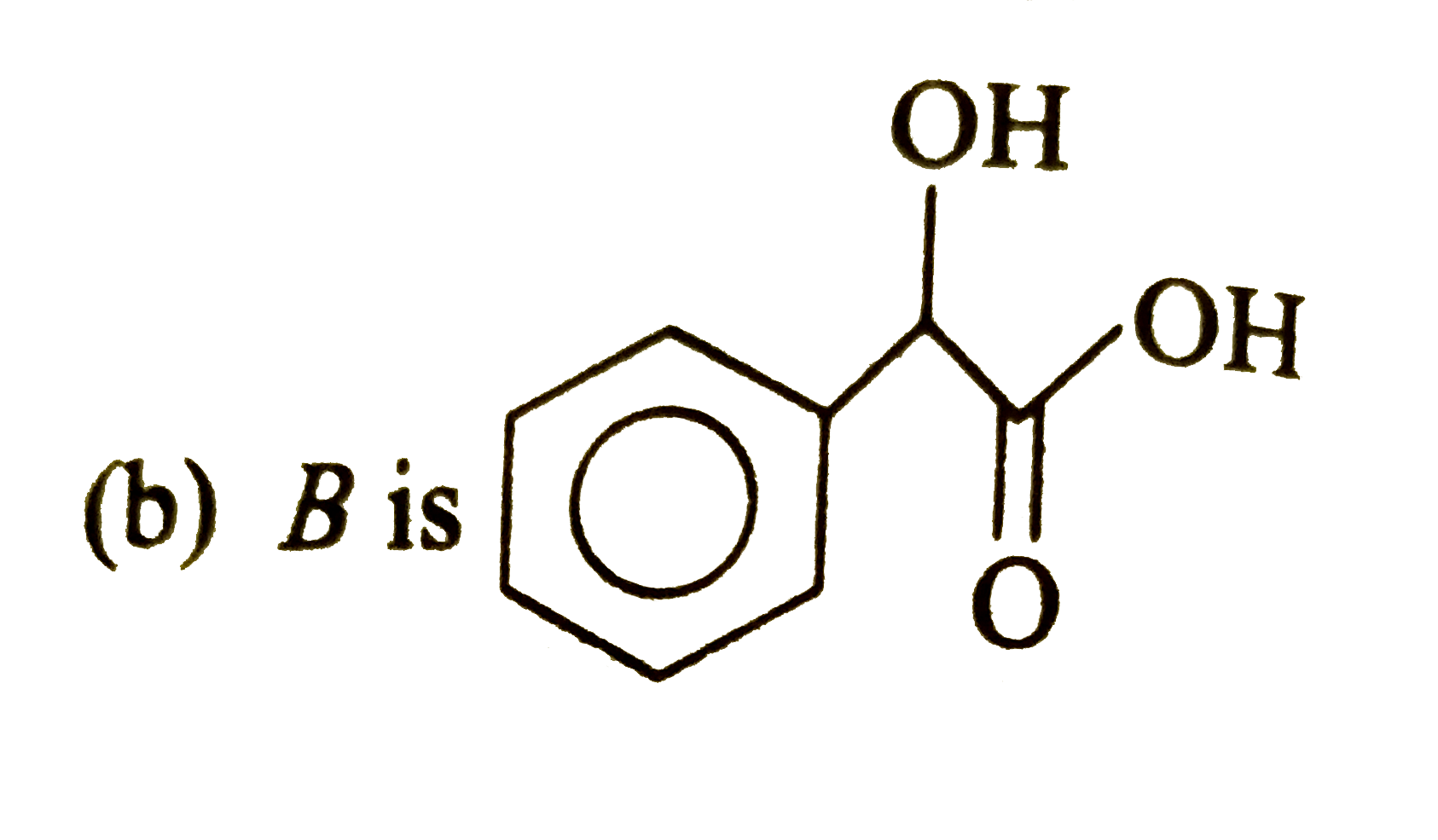 C
C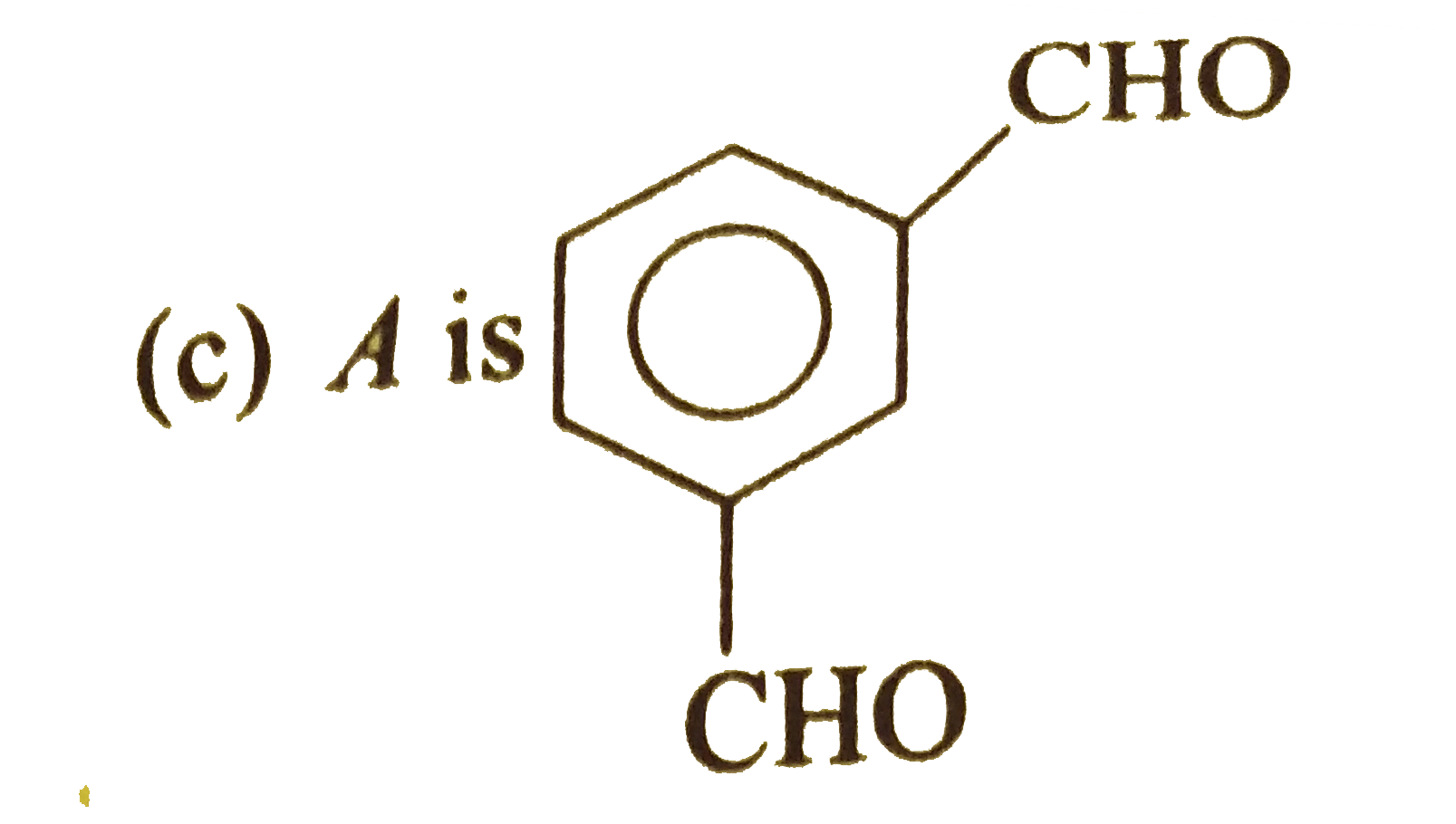 D
D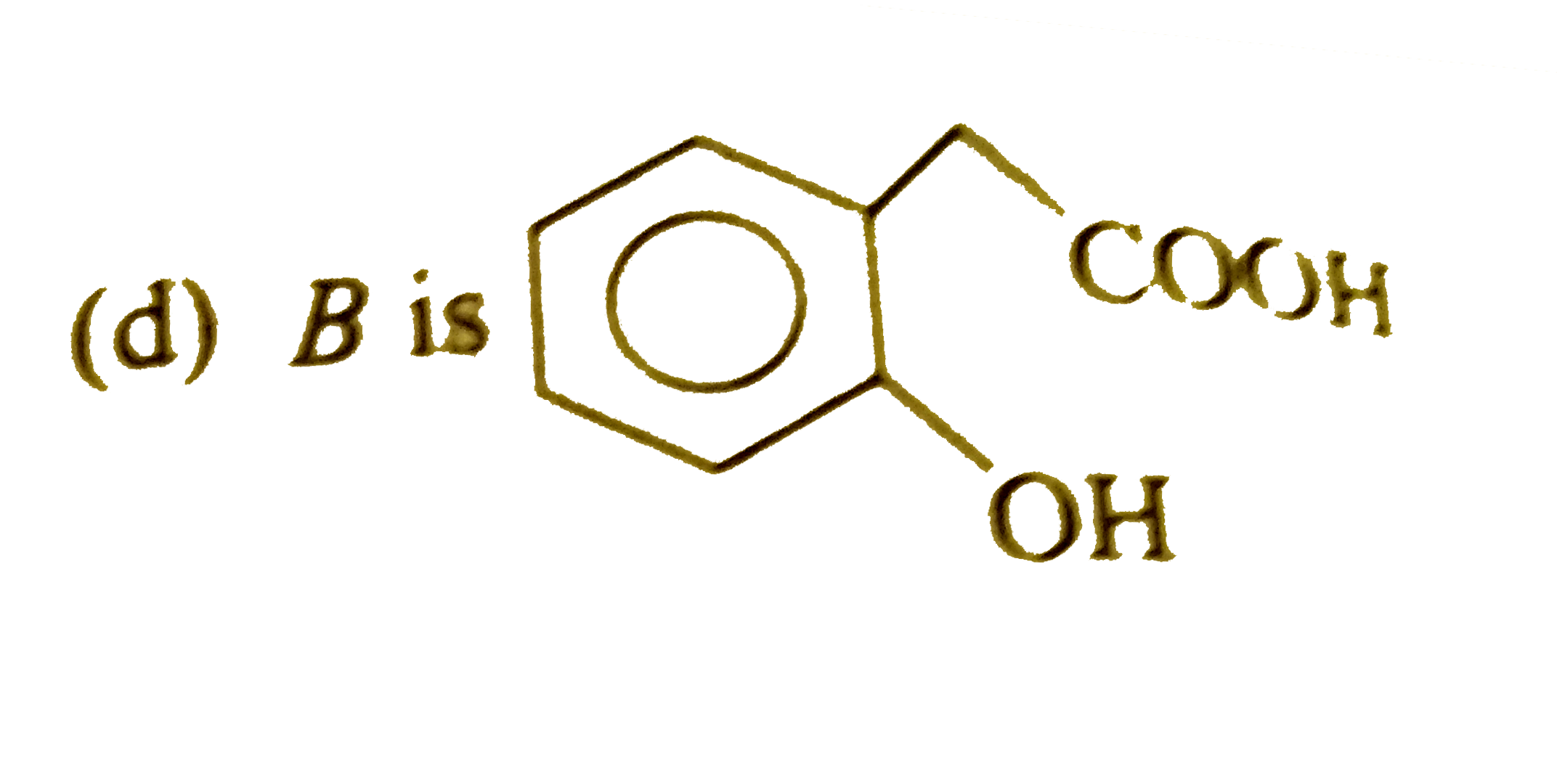
An ester 'A' (C4H8O2) on treatment with excess methyl magnesium chloride followed on acidification gives an alcohol 'B' as the sole organic product. Alochol 'B' as the organic product. Alcohol 'B' on oxidation with NaOCl followed by acidification gives acetic acid. Deduce structure of A and B. Show the reactions involved.
View SolutionA carboxylic acide C2H4O2 reacts with an alcohol in the presence of H2SO4 to form a compound 'X'. The alcohol on oxidation with alkaline KMnO4 following by acidification gives the same caboxylic acid, C2H4O2. Write the name and structure of
Alcohol.
View SolutionA carboxylic acide C2H4O2 reacts with an alcohol in the presence of H2SO4 to form a compound 'X'. The alcohol on oxidation with alkaline KMnO4 following by acidification gives the same caboxylic acid, C2H4O2. Write the name and structure of
Carboxylic acid.
View SolutionA carboxylic acide C2H4O2 reacts with an alcohol in the presence of H2SO4 to form a compound 'X'. The alcohol on oxidation with alkaline KMnO4 following by acidification gives the same caboxylic acid, C2H4O2. Write the name and structure of
The compound 'X'.
View SolutionA compound X is formed by the reaction of a carboxylic acid C2H4O2 and an alcohol in the presence of a few drops of H2SO4 .The alcohol on oxidation with alkaline KMnO4 followed by acidification gives the same carboxylic acid as used in this reaction .Give the names and structures of :
The compound X. Also write the reaction.
View Solution
